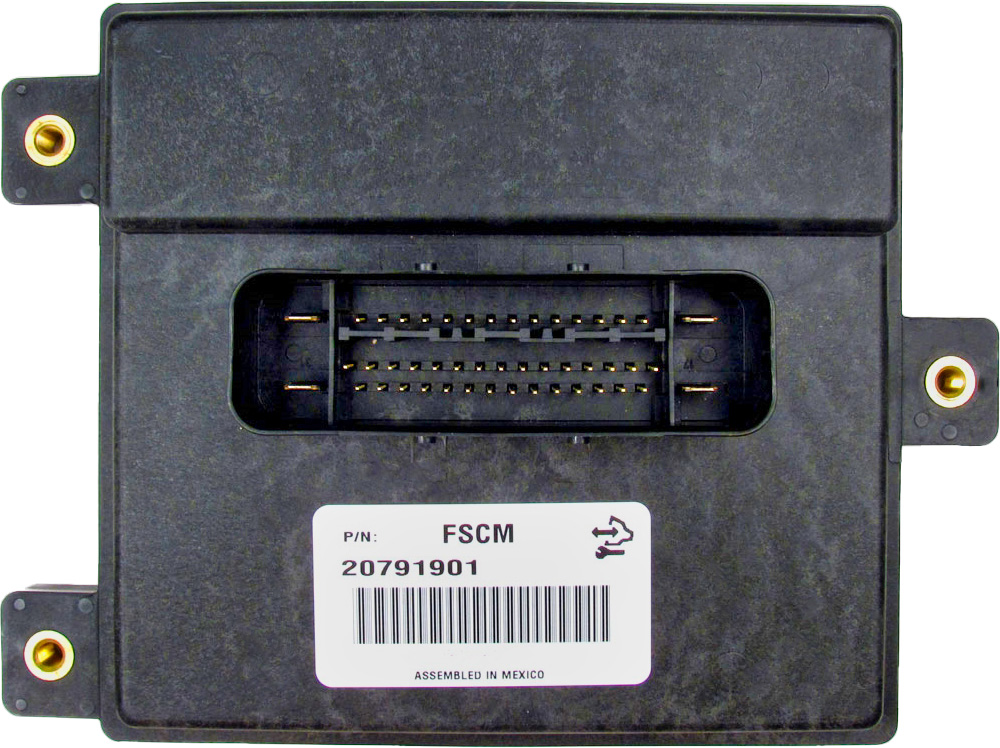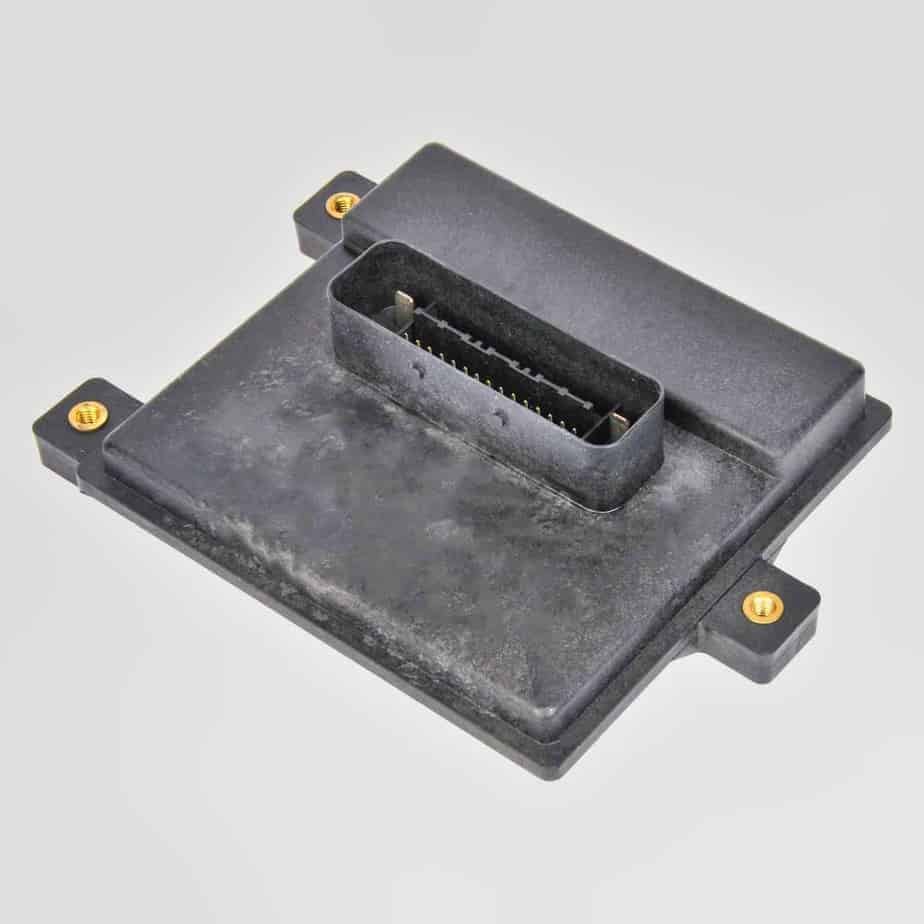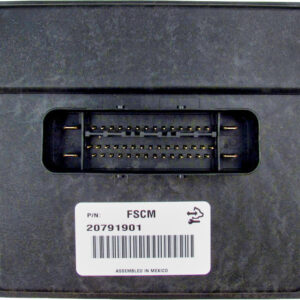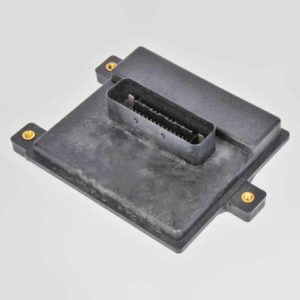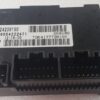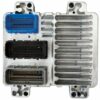Restore Your Vehicle’s Performance and Reliability
If you’re dealing with a 2009 Chevrolet Traverse—or another GM vehicle—that’s stalling, hesitating, or refusing to start, a faulty Fuel Pump Control Module (FPCM) is a very common culprit. This module, also known as a Fuel System Control Module (FSCM), is the electronic brain that precisely manages the voltage sent to your fuel pump. When it fails, it can starve your engine of fuel, leading to a host of frustrating and potentially dangerous drivability problems. In my 20+ years of diagnostics, I’ve seen these modules cause more intermittent no-starts than almost any other single component on these platforms.
This isn’t just a replacement part; it’s a complete solution. We take the hassle and high cost out of the repair by pre-programming this module to your vehicle’s specific Vehicle Identification Number (VIN). Simply provide us with your VIN after purchase, and we’ll flash the unit with the latest stable software from General Motors. This means you can skip the expensive trip to the dealership for programming—making this a true plug-and-play repair for both professional technicians and DIY enthusiasts.
Case Study: A Tricky Diagnosis
A customer brought in a 2009 GMC Acadia (a sister vehicle to the Traverse) with a complaint that stumped two other shops: it would randomly fail to start, but only after being driven and sitting for about an hour. There were no consistent codes, just an occasional U0109 (Lost Communication with FPCM). We checked fuel pressure, which was fine when it ran. The key was the intermittent nature. Knowing these FPCMs are mounted on the frame rail, exposed to heat and moisture, I suspected an internal thermal failure. We installed one of our pre-programmed modules, and the problem was solved instantly. The owner had spent hundreds on diagnostics elsewhere, when the real fix was a reliable, correctly programmed module.
Is Your GM Vehicle Showing These Warning Signs?
A failing FPCM can manifest in several ways. If you’re experiencing any of the following, this module is the likely solution.
- ✔ Engine cranks but will not start
- ✔ Vehicle stalls unexpectedly, especially while driving
- ✔ “Service StabiliTrak” or “Reduced Engine Power” message on the dash
- ✔ Noticeable hesitation or stumbling during acceleration
- ✔ An active Check Engine Light with specific trouble codes
- ✔ Common Diagnostic Trouble Codes (DTCs): P069E, P0230, P0606, U0109
A Straightforward Guide to Installation
Installing your new 2009 Traverse Fuel Pump Module is a manageable job for someone with basic mechanical skills. Since it arrives pre-programmed, no special electronic tools are needed.
- Safety First: Always disconnect the negative terminal from your vehicle’s battery before beginning any electrical work.
- Locate the Module: On most GM trucks and SUVs like the Tahoe or Silverado, the FPCM is mounted on the driver’s side frame rail, near the spare tire. On vehicles like the Traverse or Acadia, it’s often on a rear crossmember. On the Saturn Vue, it’s typically in the right rear of the engine compartment. Check your specific model’s service information if you’re unsure.
- Disconnect and Remove: Unplug the electrical connectors. Be gentle with the locking tabs, as they can become brittle over time. Then, unbolt the old module from its mounting bracket.
- Install the New Module: Bolt the new, pre-programmed module into place. Reconnect the electrical connectors, ensuring they click securely into place.
- Final Steps: Reconnect the negative battery terminal. Turn the key to the ‘On’ position (without starting) for 10 seconds to allow the system to initialize, then start the vehicle. Your fuel system should now operate correctly.
Verified Vehicle Compatibility
This module is a direct replacement for a wide range of General Motors vehicles. It is compatible with the following original equipment part numbers: 13501024, 15213110, 20759945, 20850907, 25785013, 25854536, 25866052, and 25967325.
Fitment includes, but is not limited to:
- Buick: Enclave (2009)
- Cadillac: Escalade, Escalade ESV, Escalade EXT (2008-2009)
- Chevrolet: Avalanche 1500 (2008-2009), Colorado (2009), Express 1500 Van (2008-2009), Silverado 1500 Pickup (2007-2009), Suburban 1500 (2008-2009), Tahoe (2008-2009), Traverse (2009)
- GMC: Acadia (2009), Canyon (2009), Savana 1500 Van (2008-2009), Sierra 1500 Pickup (2007-2009), Sierra Denali (2008-2009), Yukon (2008-2009), Yukon XL 1500 (2008-2009)
- Hummer: H2 (2008-2009), H3 (2009)
- Saturn: Outlook (2009), Vue (2008-2009)
Frequently Asked Questions
Why do you need my VIN to program the module?
Your Vehicle Identification Number (VIN) allows us to access the exact factory software calibration for your specific vehicle, including any updates from GM. This ensures perfect communication between the FPCM and your vehicle’s other computers, guaranteeing proper function and preventing compatibility issues.
Is this part difficult for a DIYer to install?
For most DIYers with basic tools, this is a very straightforward installation. The most challenging part is often just accessing the module on the frame rail. Because our module comes pre-programmed, there’s no complex software work required. It’s a simple bolt-off, bolt-on process.
Will this fix a P069E trouble code?
Yes, the DTC P069E (Fuel Pump Control Module Requested MIL Illumination) is one of the most common codes indicating a failed FPCM. Replacing the faulty module with this pre-programmed unit is the correct and definitive repair for that code, provided the wiring and fuel pump are in good condition.
What happens if I install a module that isn’t programmed?
An unprogrammed FPCM will not work correctly. The vehicle will likely not start at all, or it will run very poorly in a ‘limp mode’. The module needs the correct software to understand the commands from the Engine Control Module (ECM) and operate the fuel pump as intended. Our service eliminates this problem.
Is this a brand new part?
This is a high-quality, fully tested module that has been professionally programmed with the latest GM software to ensure it meets or exceeds original equipment performance. It is ready for installation and long-term service.
